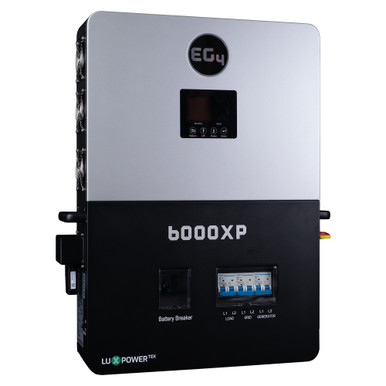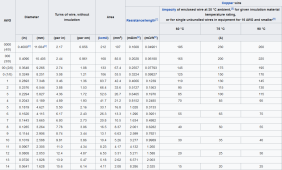Really trying to figure the cheapest way to get started to have some power when the grid goes down (can go down for an hour or for 3 days).
Want to be able to power my fridge and a few other things, I've done an energy audit, but when I looked at the numbers they were pretty high, hence my thinking I need to have access to 1000 watts per hour available.
OK, this is far more reasonable question. 1000W over a 24 hour period would be 24kWh of power. If your biggest single load is your refrigerator, then I think your numbers are off by some margin. At my own place, with frig on 24/7, lights, TV, computer, satelite dish, ect, I'd expect to be consuming about 3.0 to 3.5 kWh of power per day, so unless you have crypto-mining servers hidden in the back room, the only other load that would consume that much power is air-conditioning.
So, if you are willing to give up air-conditioning for the length of the blackout, I'd say it's relatively easy to create a viable system for you. Let me throw out some specs for you and see what you can live with. Let's assume you chose from two routes, a "bare-bones just the lights and frig on" system, and something that can keep one room air-conditioned at night-time. Let's say the first needs 3.5kWh per day, and the second 9.0kWh per day.
If you are semi-tropical, let's assume you get ~4 sunhours of light each day, for most of the year. To make 3.5kWh of power you need about 800-900W of panels. Let's call that four 250W grid-tie panels (1000W), which are quite cheap these days. Assuming you need 3500W each day for at least two days, that means means 7000Wh of USEABLE battery capacity. Assume you don't deplete lead-acid past 50% and Li past 80%. You'd need...
(7000Wh/24V)/0.5 = 583Ah battery at 24V for lead-acid
(7000Wh/24V)/0.8 = 365Ah battery at 24V for Li
(7000Wh/48V)/0.5 = 291Ah battery at 48V for lead-acid
(7000Wh/48V)/0.8 = 182Ah battery at 48V for Li
Just plug in the numbers above if you want see what you need including air-conditioning.
Another consideration especially if you go with a lead-acid battery is charging rate. Lead-acid batteries like to get at least 1/10th C to be happy, and 1/8th C to be really happy. So, the 1000W minimum I outlined above won't meet that, depending on battery size/chemistry.
Let's say you select an off-grid lead-acid battery like Trojan's L-16. With an Ah capacity of 380Ah you want as much as 380Ah/8 = 48A of charging current. Assuming you can count on 85% of panel output, to get an honest 48A charging for a 48V battery at 50V that works out to be (48A X 50V)/85% = 2820W of panels.
So, you can see, you need to make some choices as to what you need vs. what is best for your system. Looks like your best bet is a 48V system, with a bare minimum of 1000W of panels, but optimal at ~2800W of panels. It will all come down to how much money you want to spend for either security or efficiency?











